Are you looking for a contractor?
Submit our quick form and get quotes now!
Table of Contents
5 min read
Pipefitter: Ins and Outs the Job
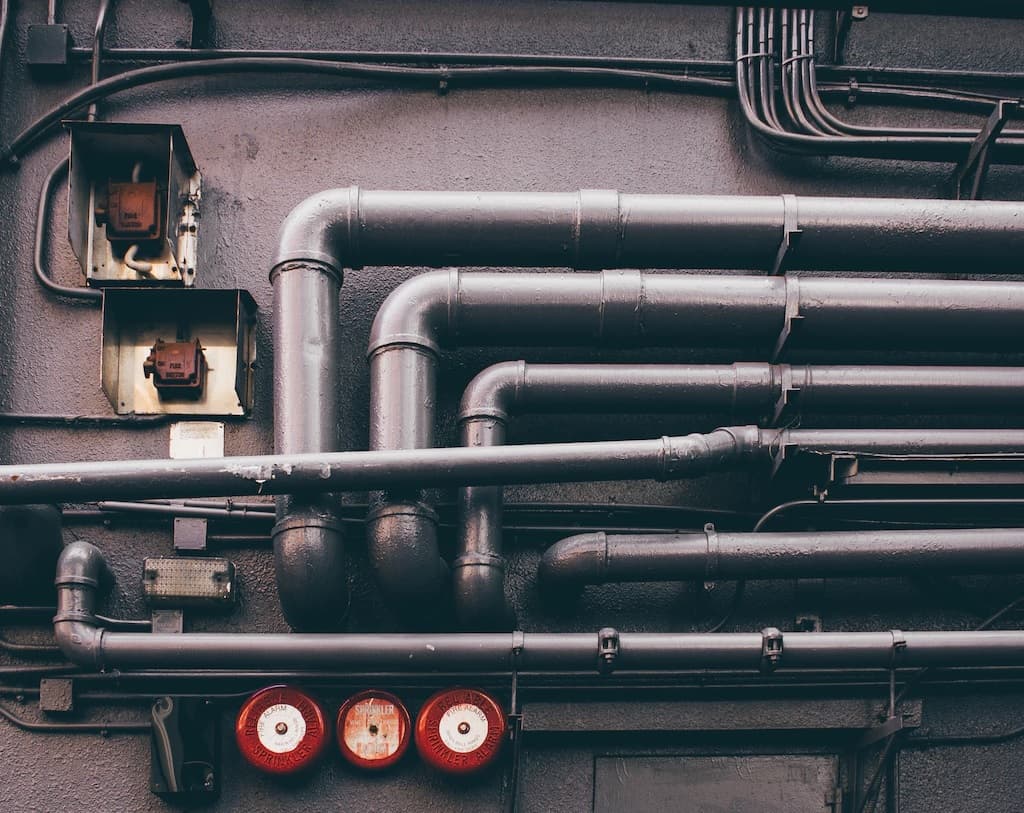

5 min read
Pipefitter: Ins and Outs the Job
Renovation tradesPipefitter: Ins and Outs the Job
Being a pipefitter is an extremely technical trade that requires specific skills and training. Learn all about it to find out whether or not it’s the right trade for you.
Pipefitter: Trade Description
An industrial pipefitter works with piping systems. They’ll be tasked with building piping systems for heating, cooling, and hot water. On top of building the pipe network, they’re also charged with drawing up the plans, manufacture, installation, maintenance, and repairs. The pipes can vary with the likes of water, vapour, gas, combustibles, and chemical products.
The workers will ensure that the pipes are cut, installed, and maintained according to specific guidelines. These individuals must be able to work with materials such as steel wool, and various other electrical products. Most often, pipefitters are employed by construction companies, but they also have other options, such as working in diverse environments such as household installations, industrial sectors, etc.
Amongst the many tasks of a pipefitter, most often, one will find:
Studying plans and conducting preliminary analyses to establish the piping network;
Preparing quotes;
Opening up walls, floors, and ceilings;
Choosing the right pipes;
Measuring and cutting pipes;
Assembling pipes;
Installing ducts and diverse control and security systems;
Ensuring the pipes are properly sealed;
Maintaining and cleaning pipes;
Replacing certain elements when wearing sets in.
The trade is rather complex considering it involves two specialties:
Plumbing: water drainage systems and piping;
Heating system installation: elements related to heating and piping.
Pipefitter Salary
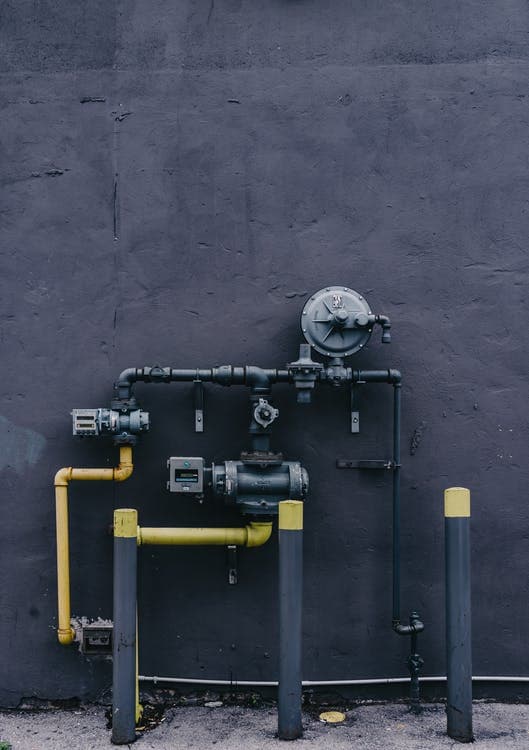
The average wage of pipefitters in Canada is $40.43 an hour. The lowest wage is recorded at $24 and the highest at $46.39. As evidenced, pipefitters have a rather varied salary based on where they practice the trade. There are disparities, and as such, for more details, check out the various regional salaries on the Government of Canada website.
What are the most promising careers in construction? Our article Future Jobs in Construction will provide ample detail on the matter.
Job Opportunities
Job opportunities for pipefitters vary depending on the province in which they’re employed. Ontario and Nova Scotia are expected to have good work opportunities. In Alberta, Manitoba, New Brunswick, Quebec, and Saskatchewan, the projected work opportunities are fair.
On the other hand, in British Colombia as well as Newfoundland-Labrador, the work opportunities are rather limited. As for the rest of the country, job opportunities remain undetermined to this day. The job market for pipefitters remains balanced and is expected to stay as such for upcoming years. The overall employment rate for this trade is 80%.
Looking for some tips to get your first job in the construction industry? Check out this article for more details. (French only)
Knowledge & Skills
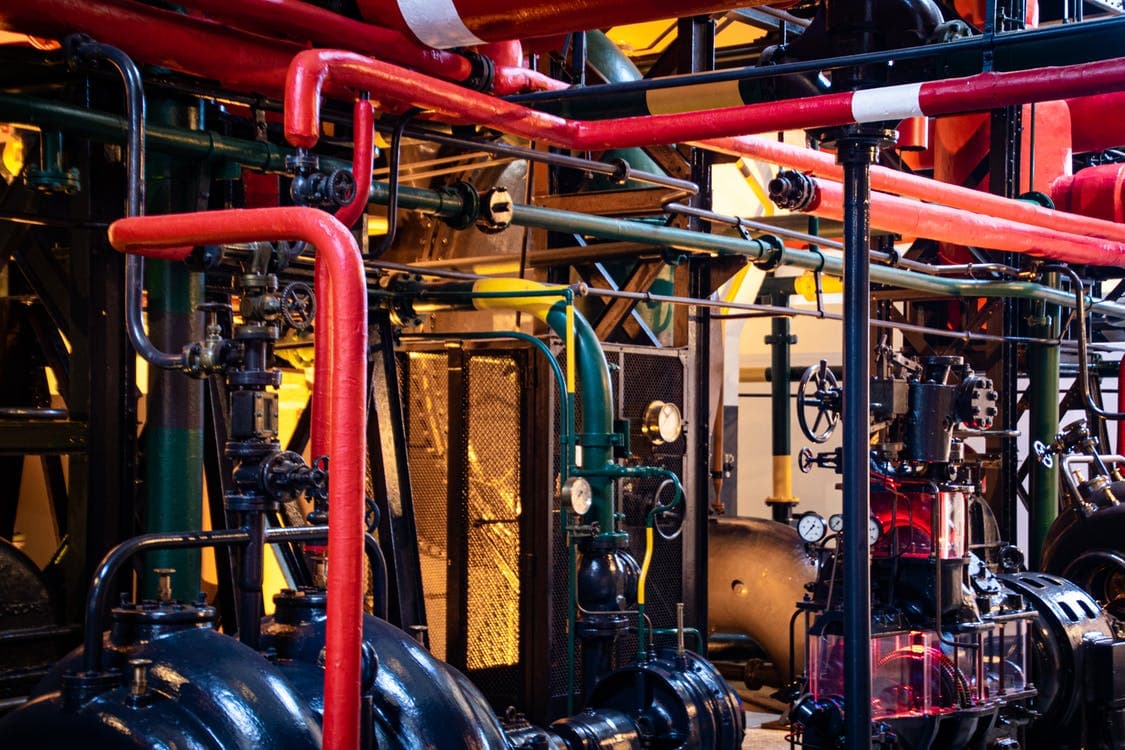
To become a pipefitter in Canada, certain skills and know-how are required.
Building skills:
Build a framework;
Restore and repair.
Skills in terms of analysis:
Inspect and trial/error;
Analyze information;
Predict results.
Knowledge:
Business and customer service skills;
Engineering and construction;
Security and public safety.
As a pipefitter, teamwork is an essential part of the job, but so is being able to work autonomously and meticulously. Being physically fit and dexterous is essential, as this job requires physical endurance.
Successful pipefitters often are proficient in mathematics, understanding plans, and using industrial tools. Training programs offered allow students to implement these theoretical skills all the while gaining real-life work experience, which is added value when it comes time to officially seek out employment within the trade.
Are you looking for a few tips to update your résumé? Check out this article. (French only)
Training & Requirements
To become a pipefitter, technical vocational training or college education is required. Pipefitters are often required to hold a high school diploma and have completed an apprenticeship, as well as an advanced training program. Said training can be as a pipefitter or heating system installer or even a sprinkler installer. Depending on the province, a pipefitter qualification certificate is mandatory on top of the above-mentioned training.
Once qualified, pipefitters receive a Red Seal endorsement. As a norm, pipefitters are affiliated with CCQ (Commission de la construction du Québec), and upon successfully completing their DVS in plumbing and heating, they must subsequently provide a work guarantee from an employer registered with the CCQ.
For example, to become a professional pipefitter in the province of Quebec, you need to successfully complete a DVS program in plumbing and heating and have obtained a certificate of qualification as a plumber or heating system installer. To learn more, check out the Government of Canada website.
Examples of the tools of the trade
Pipefitters are expected to work with numerous, and diverse, technical tools to put piping systems together.
The most commonly used tools are:
Mechanical drills for pressure systems;
Tubing benders;
Stud punches;
Various types of saws, pliers, and pipe cutters;
Levels to make water supply and distribution facilities effective;
Overall, being able to use diverse hand tools, mechanical tools, cranes, rigging, hoisting, and access tools. Knowing how to use safety and personal protection gear, cutting and connection devices, as well as measuring equipment.
Why choose this trade above all else?
This trade is perfect for realists who thrive in everyday, hands-on tasks. Candidates must enjoy being actively involved and be willing to observe and solve problems.
Pipefitting is a profession that's based on theoretical knowledge, which must subsequently be applied. Each job site and each piping system is unique. Therefore, it's necessary to adapt. Pipefitting is a broad-based trade, which allows one to become a steamfitter or a gasfitter.
Besides that, the industry faces an aging workforce, as many workers are set to retire in the next few years. As a result, the current generation of workers will have to be replaced. As a trade, pipefitting is a highly interesting profession. If you've any questions, feel free to contact us for more information.
Interested in learning more about other interesting jobs in the construction industry? Check out our series on the Renovation Trade.
Find a job as a pipefitter
RenoQuotes.com can guide you in your job search in the renovation industry. Tell us about your career prospects, and we'll help you get in touch with contractors who are likely to be interested in your skills, free of charge. Simply fill in our form (it'll only take a few minutes) and we'll take care of sending your candidate application to employers.
Dial 1-844 828-1588 to speak with one of our customer service representatives.
Last modified 2023-11-07
Looking for something else?
Related articles
The latest industry news, interviews, technologies, and resources.
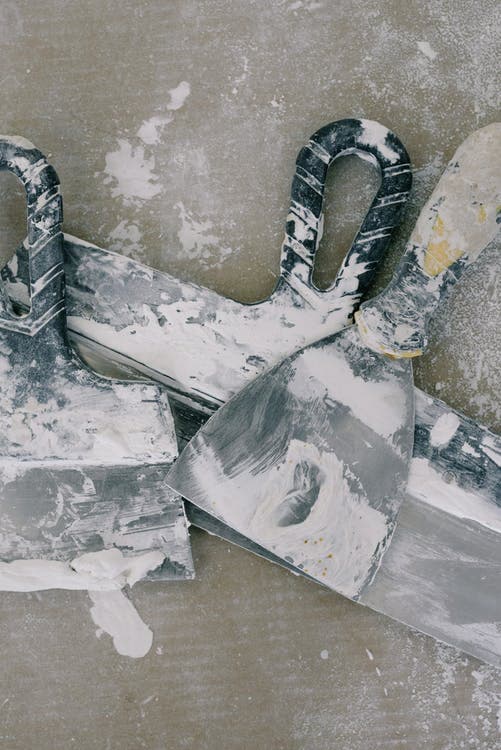
RenoQuotes.com • 07 Nov 2023
Are you looking for a new career in building and public works, but aren’t sure which trade to turn to? Plastering could be it! A plasterer is an individual who specializes in and performs ceiling and wall preparation work and installation.
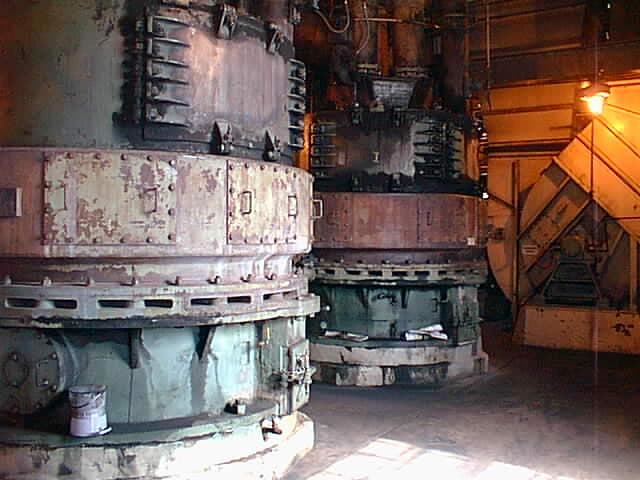
RenoQuotes.com • 07 Nov 2023
Becoming a boilermaker means working for the aeronautical and aerospace industry, for petrochemical companies, within the nuclear and cryogenic fields, with renewable energy, and more.
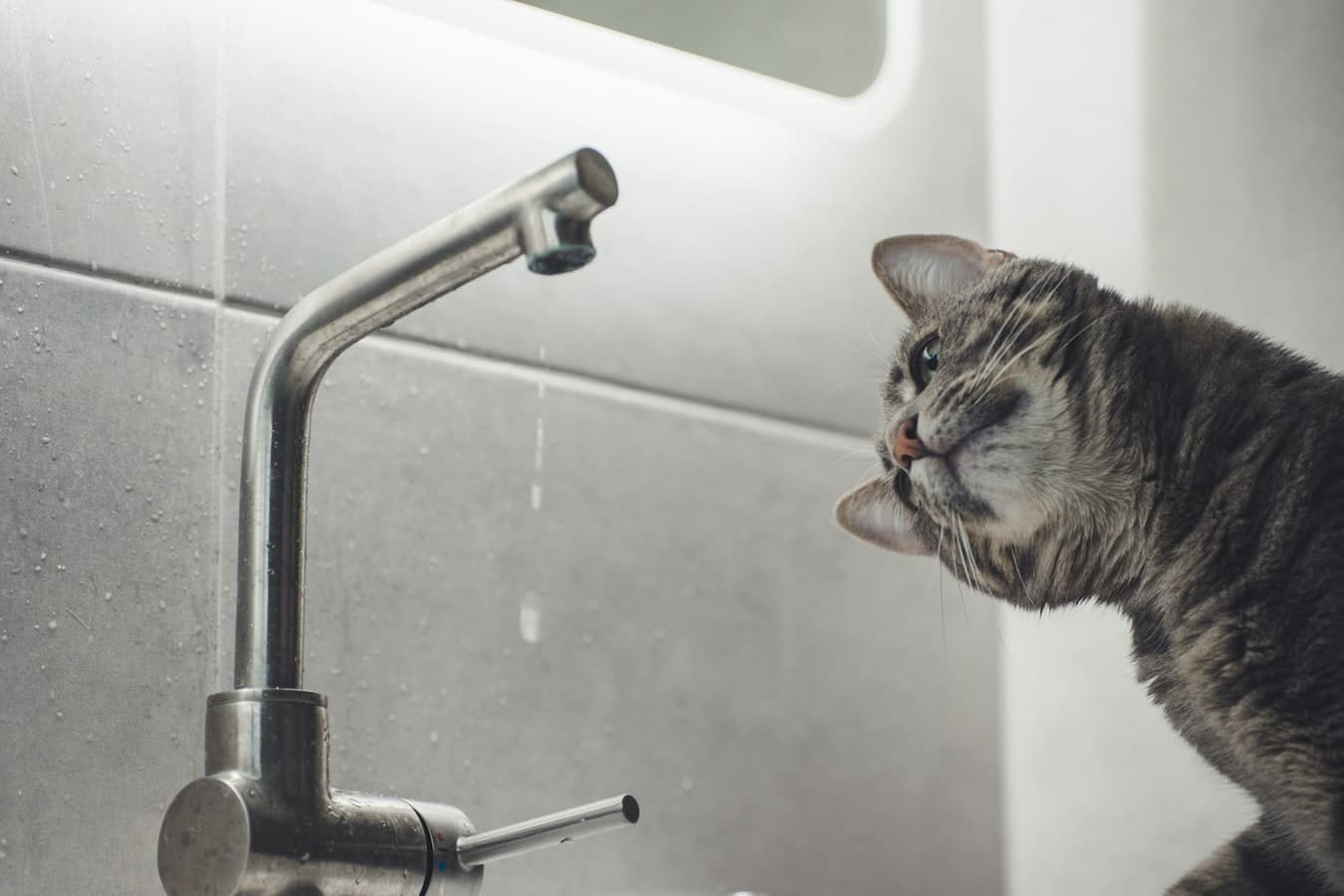
RenoQuotes.com • 07 Nov 2023
In Montréal alone, it’s estimated that approximately 300,000 residents are affected by a high level of lead in their water, in particular, due to the pipe connecting their home to the city’s water system. In 2007, the City of Montréal, therefore, committed to changing all of its lead water pipes in the public sector, totalling around 48,000 by 2030, recently investing about $557 million to accelerate the project.

N/A • 07 Nov 2023
Obviously, the roof is a tough spot to keep tabs on. It’s difficult to access and hard to survey, and thus, is likely not at the top of your list for parts of your home that need regular care and maintenance. Since your roof does significantly protect your household, it’s important that you begin to conceive of ways to pay attention to it. It gathers a significant amount of dirt, dust, grime, and debris and as a result, requires cleaning. But how can you access and clean your roof safely? Since you’ll be up high and likely on a slant, there are specific safety precautions that will need to be considered before you climb up on a ladder. For all of the necessary measures, read on!

Karine Dutemple • 07 Nov 2023
For some reason, your garage may lose its primary purpose. And because it would be a shame to waste that extra space, why not transform your garage to give it a new life?